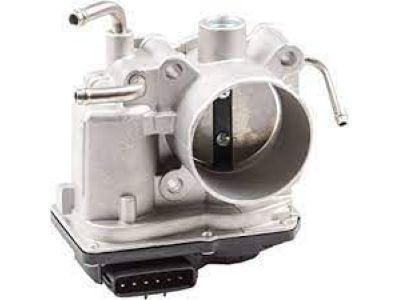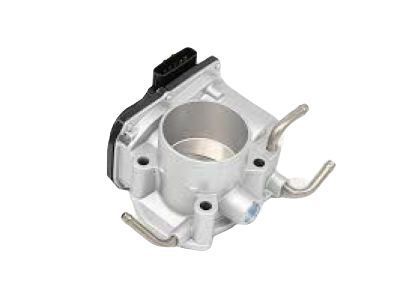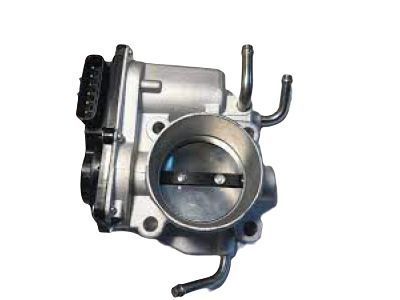×
ToyotaParts- Hello
- Login or Register
- Quick Links
- Live Chat
- Track Order
- Parts Availability
- RMA
- Help Center
- Contact Us
- Shop for
- Toyota Parts
- Scion Parts
My Garage
My Account
Cart
OEM 2006 Scion tC Throttle Body
Fuel Injection Throttle Body- Select Vehicle by Model
- Select Vehicle by VIN
Select Vehicle by Model
orMake
Model
Year
Select Vehicle by VIN
For the most accurate results, select vehicle by your VIN (Vehicle Identification Number).
1 Throttle Body found

2006 Scion tC Throttle Body
Part Number: 22030-0H021$374.43 MSRP: $548.72You Save: $174.29 (32%)Ships in 1-3 Business DaysProduct Specifications- Other Name: Body Assembly, Throttle; Fuel Injection Throttle Body; ETB Assembly
- Replaces: 22030-28060, 22030-28061, 22030-0H020
- Item Weight: 3.20 Pounds
- Item Dimensions: 8.3 x 7.4 x 7.3 inches
- Condition: New
- SKU: 22030-0H021
- Warranty: This genuine part is guaranteed by Toyota's factory warranty.
2006 Scion tC Throttle Body
Looking for affordable OEM 2006 Scion tC Throttle Body? Explore our comprehensive catalogue of genuine 2006 Scion tC Throttle Body. All our parts are covered by the manufacturer's warranty. Plus, our straightforward return policy and speedy delivery service ensure an unparalleled shopping experience. We look forward to your visit!
2006 Scion tC Throttle Body Parts Q&A
- Q: How to service and repair the throttle body on 2006 Scion tC?A: To service throttle body, drain coolant, disconnect negative battery lead and wait 90 seconds. Disconnect many hoses and connections to remove the engine cover, air cleaner and throttle body. Before attaching the engine cover, install a new gasket, reassemble parts, reconnect hoses and be sure to check for any leaks.















